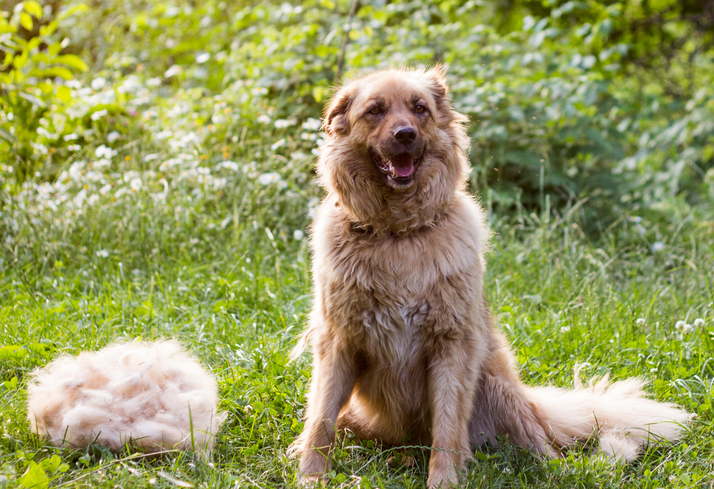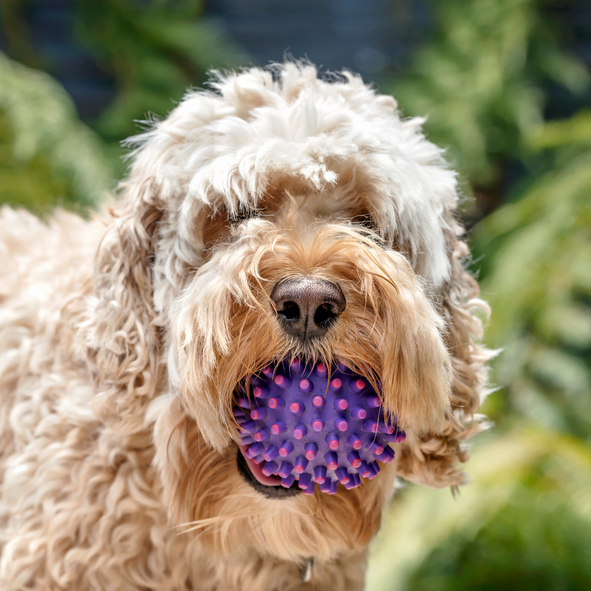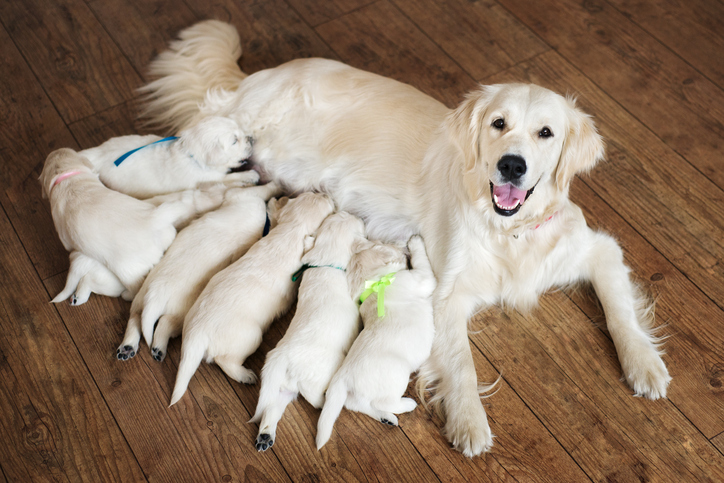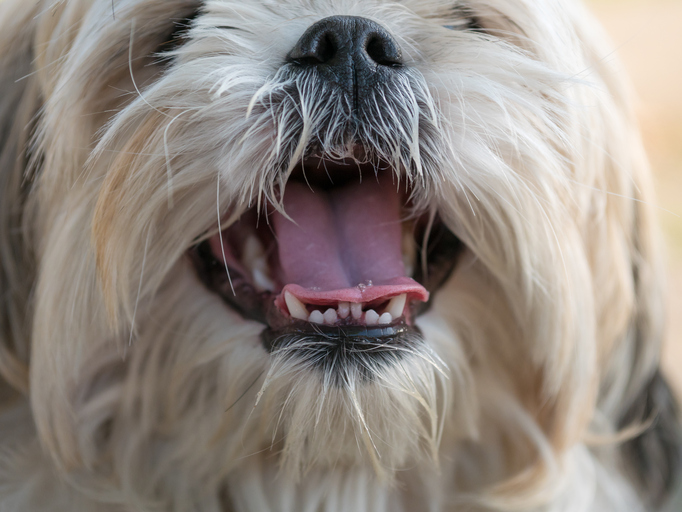Category: Uncategorized
How much hair does your dog shed?

As many of the dog owners out there will be well aware, some dogs shed a lot of hair. So much that it literally ends up everywhere!
There are some dog breeds that shed more hair than others. Dog breeds such as the Siberian Husky and German Shepherd are renowned for their shedding prowess. This is because these breeds, along with many others, have an undercoat. This is a layer of soft fluffy hair that lies underneath the outer coat (or guard coat). The denser this undercoat, the more hair the dog will shed. For those with allergies, or who would rather not commit to regular grooming, high-shedding breeds may not be suitable companions.
Breeds without an undercoat, such as poodles and greyhounds are considered low-shedding breeds. But what about cross-breeds? Or dogs that have a thinner undercoat?
Researchers have recently found that there are several genes that control shedding. This is exciting as it means that we can now test for how much hair you can expect your furry friend to shed. The two main genes implicated are MC5R (shedding gene) and RSPO2 (furnishings gene) – and we are developing tests for both of these genes! The degree of shedding exists on a spectrum, and is dependent upon the interaction of these two genes. The amount an individual dog sheds can vary even within a breed.
So while there are breeds that are typically low shed (no copies of the shedding gene) or high-shed (two copies of the shedding gene), DNA testing gives us more information than you can see by simply looking at your dog.
When breeding “designer” dogs, for example a Poodle-Cocker Spaniel cross (or a “cockapoo”), variation at these genes comes from the two parent breeds. Puppies may therefore inherit the low-shed characteristics of the Poodle, or the higher shedding Cocker Spaniel. Puppies do not develop their adult coat until they are 4-6 months old, meaning you will not be able to tell if they have an undercoat by observation alone.

Luckily DNA tests can tell us how much a dog will shed even before they grow their adult coat. Breeders can also use these tests to predict the proportion of puppies in a litter that will be low or high-shedders. In the past, people seeking a low-shedding dog were restricted to buying dogs of known pedigree from breeders. But what if you want to adopt your new companion from a shelter? As DNA can be collected from a simple cheek swab a shelter dog can be easily tested to see if they are the right fit for you.
How soon can I take samples from a puppy?

You can collect DNA from puppies at any age! If the puppies are not weaned they will need to be separated from mum and from each other for at least 30 minutes beforehand. This will prevent cross-contamination of DNA from the mum and litter mates. Do not give them food in this period, but do provide plenty of fresh water.
If the puppies are not easily identifiable by coat markings then we recommend waiting until they are microchipped before taking samples. Clearly label the envelope with the microchip number before posting the cotton tip back to us. This way we can easily assign the test results to the correct puppy and avoid any confusion of identity.
How long can I keep my dog’s sample before sending it to you?
It is important to send the cotton tip back to us as soon as possible after collection. We will get the best results if we receive your dog’s sample within 48 hours. Dry the cotton tip well before sealing it in the envelope, and then send it in the post the same day. This ensures the sample will get to us in the best possible condition.
How do I take a DNA sample from my dog?

Collecting DNA from your dog is easier than you may think! We have made this process as simple as possible for both you and your dog. All you will need is an ordinary cotton tip to collect some cheek cells, and a paper envelope for sending it back to us. Some dogs have more mouth than others, but even smaller cheeks will give us enough cells if you swab using the recommended method.
Make sure that your dog has not had anything to eat for at least 30 minutes before taking the sample. Use a clean and dry cotton tip that hasn’t come into contact with any other dogs. Place the tip into your dog’s mouth and roll it around with a back-and-forth motion using gentle pressure on the inside of the cheeks and gums. Keep doing this for 30-60 seconds. Flip the cotton tip over and repeat using the other end.
It is important to air dry the cotton tip for at least 10 minutes before sealing it in the envelope. After drying pop it straight into the envelope – do not seal it in a plastic bag. This minimises bacterial contamination and gives us the best chance of getting good quality DNA. The sooner we receive the swab the better, so mail it to us the same day as collection via express post.
If you are swabbing multiple dogs make sure to wash your hands between each dog. This will help prevent DNA transferring from one dog to the next. Also ensure that each dog’s sample is placed in a separate clearly labelled envelope.
Dog hair everywhere
Do you like to find out cool stuff about your dog? We are doing DNA tests for genes that control the way your dog’s fur looks. Is it long? Is it short? Is it straight? Is it curly? Do they have a moustache?? Is there fur all over you as well as your dog?? There are four genes that make their fur this way, and we are doing tests for all of them.
Why do DNA testing on your dog?
There are so many reasons to use DNA testing to better understand your dog. One of the first tests we will be offering is for the “shedding gene”. Testing for this gene can help people who are allergic to dog fur select a puppy that doesn’t shed much fur.